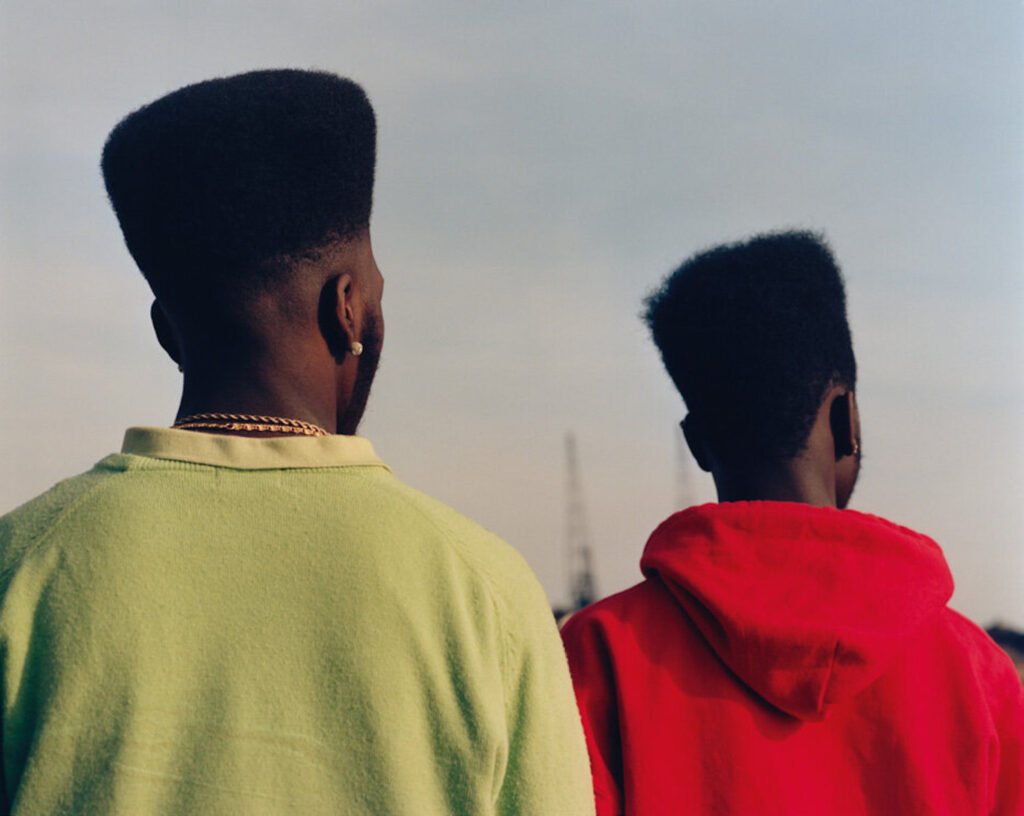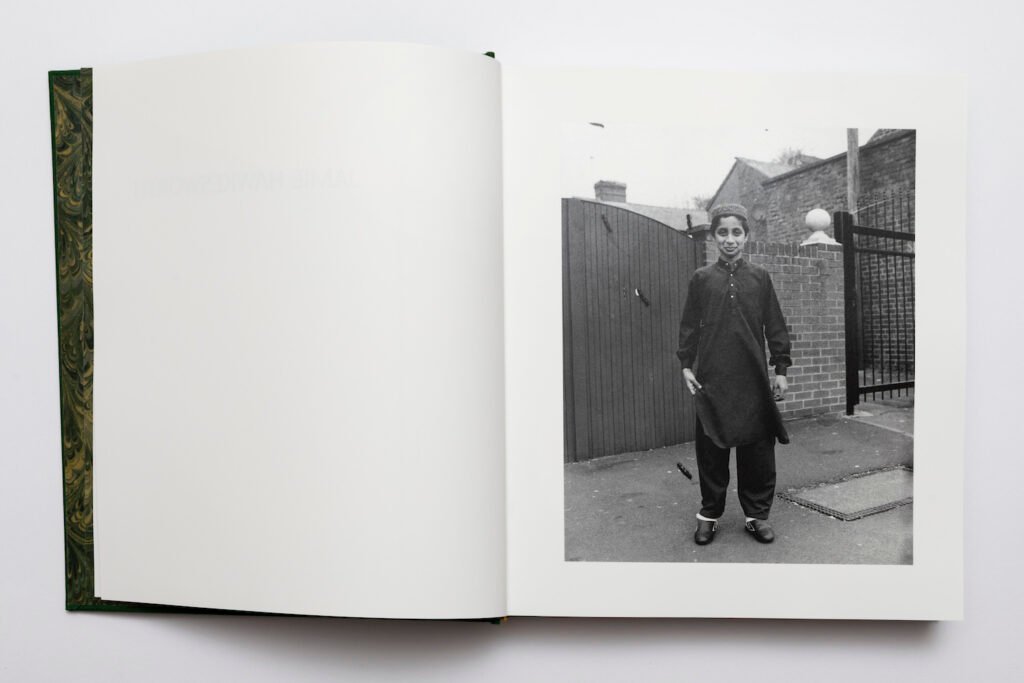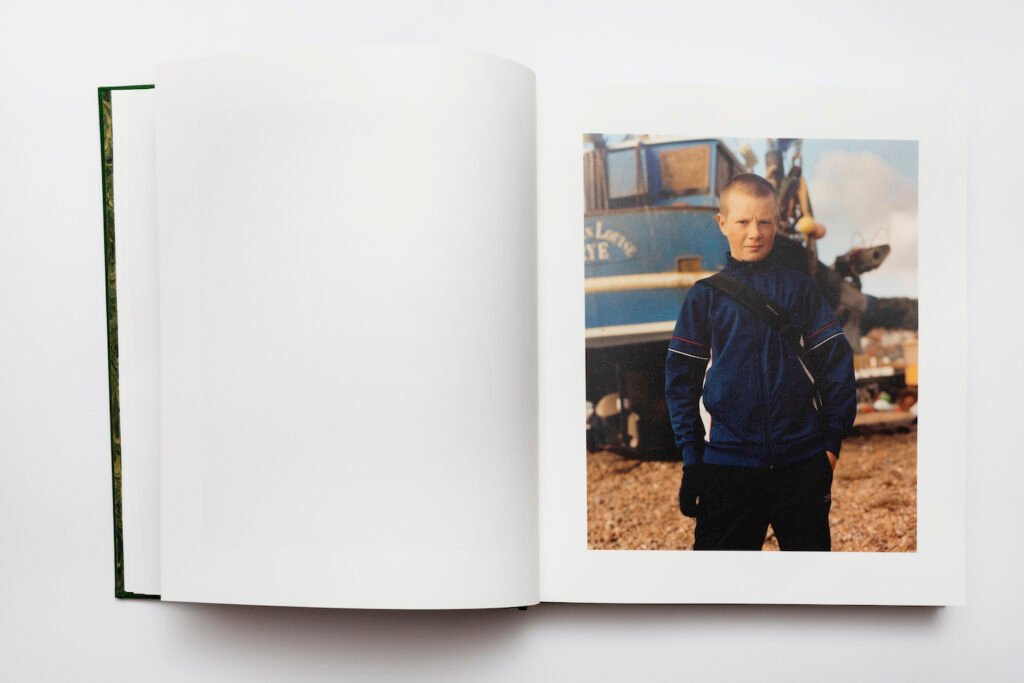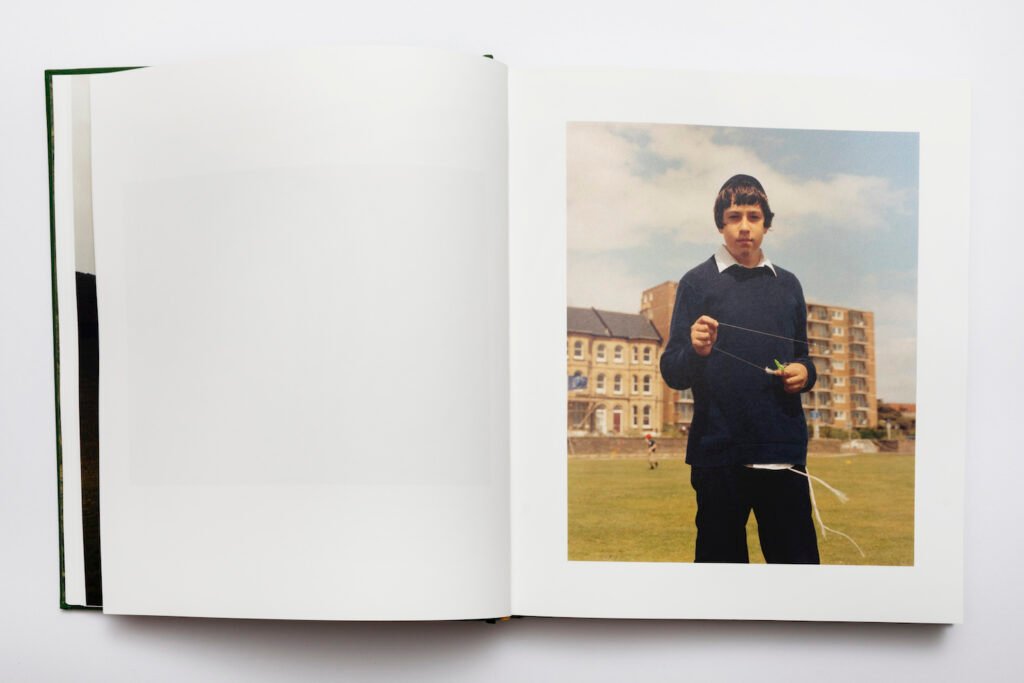Europe is lost, America lost, London lost
Still we are clamouring victory
All that is meaningless rules
We have learned nothing from history…Kate Tempest – Europe Is Lost
Even today, Kate Tempest’s words echo loudly, creating a silent din. Vibrant and sharp, they tell the story of our Time. Memory is something increasingly blurred. Everything is destined to repeat itself. The great snake of the world keeps swallowing its tail again and again. The United Kingdom, which recently left the European Union, confirms the lack of a call for a Europeanist cohesion of our history and identity. Of course, this is not an isolated case. Totalitarianisms in the world are on the rise, courageous political struggles over human rights are widely opposed by walls and iron wires with violence and fascist ideologies.
Europe is an ancient dragon drawing its last, asthmatic breaths. Tired and weary, it snubs the legend of which it was once the absolute protagonist. Old, mouldy, bloated, Europe is perpetually in search of its own identity.
Europe rises once again in its disgrace. A luminous Apollonian becoming that finds shape in an unceasing vortex of silent pain. Despite the pessimism, nihilism and ferocity of today’s pandemic world, there are those who for several years have made multiculturalism their way. This is the case of Jamie Hawkesworth, a well- known fashion photographer who grew up in Ipswich, capital of the English county of Suffolk, situated on the shores of the North Sea in the United Kingdom.
In his latest book, The British Isles, Hawkesworth presents a very different narrative from the romantic fashion photographs taken for the big campaigns or covers of big brands such as Miu Miu or British Vogue that we are used to.
The book published by MACK presents us a collection of 100 photographs taken across the UK over 13 long years. While England may have lost its European identity, as have many other EU nations, Hawkesworth has certainly managed to dig deep into a multi- faceted and complex national identity; giving us, despite the fractures, a vision of a place, of a kingdom, of a territory that is as surprising as ever, evoking a transversal spirit of his native nation.
The portraits of “The British Isles” are grafted, in a contemporary key, onto the solid and timeless foundations of works such as “Antlitz der Zeit” (Face of Time) by the master August Sander. The German photographer’s work in 1929 gave a vivid portrait of the society of the Weimar Republic, through the representation in pictures of the individual in social classes, professions and trades. August Sander’s and Jamie Hawkesworth’s approach, although with huge fundamental differences, have in common the classification and ordering of things which, by the way, fully respects the intrinsic attitude and behaviour of human making. Sander’s classificatory intention, however, arises without a political intention. It goes beyond and escapes the dynamics of an ideological alignment. Rather, the German photographer’s approach is to shig the extremely complex political focus of his time to the social function of the individual and to the aesthetics of the photographic image itself, constituting an innovative dialogue capable of providing a faithful image of the era in which he lived.
This fundamental element is another common point that we can also find in the work of the English artist. Inclusion, social function, diversity, belonging, nation, territory, are all key words that eclipse a monotheistic vision of a place of identity by transforming it into an extremely bright and vibrant pulsar.
Yes, Jamie Hawkesworth’s work really has that power. Through his portraits, we enter not only into the intimate world of his protagonists but also into these islands that, with the eyes of our time, seem unreal and fairytale-like. The faces of the human beings portrayed live almost by a bilateral individualism. The British Isles photographed by the British artist reveal themselves as a cosmopolitan and multifaceted place even though, in most cases, we find ourselves in dispersed and distant rural areas. The different territories of the islands seem to be a place from which one can never leave. A sort of invisible sphere preserves and shelters in an autochthonous way the different social groups it hosts. However, perhaps, beyond the seas in which the United Kingdom drowns, the impulses and cultural dynamics of the great American metropolises cross this sphere, unconsciously feeding the styles and visions of its own inhabitants.
All individuals live by their own style, their own subculture, their own being. In 13 years, Hawkesworth has portrayed the social, cultural and other changes of generations that contrast with each other, highlighting the diversities and similarities that usually remain without the overall and temporal vision that the photography of “The British Isles” is able to offer. The social groups featured in this long survey are incredible. Like ancient totemic societies, they seem to prefigure themselves allegorically as a sort of clan in which social groups invest and represent themselves with new symbols and new meanings.
Each seems to belong to a different clan, but they are all inextricably linked by their context. As with Morgan Lewis H.’s ‘League of the Iroquois‘, i.e. the confederation of Native American tribes he theorised, showed how the natives wove social and kinship according to their clan of belonging, constituting a true nation, even though individuals and villages were placed at great distances from each other.
This seems to be allegorically the case in the British Isles today. We find great contrasts in every individual, social group, but something extremely deep and invisible weaves their social identity solidly. The mastery of the British photographer is to have given extreme temporal and social coherence to the incessant flow of time. The ongoing metamorphosis that Hawkesworth has been able to crystallise offers concreteness and an overall view without ever losing the peculiarity, uniqueness and individuality of each one.
Looking from afar to see closer. Observing a star to discover one’s own past. The portraits collected in the book seem to experience conflicting feelings in some cases, but they exude a certain optimism. The eyes of some shine with a light of hope, while others carry the mud and the weight of a maybe young but difficult life. A profound and skilful work that brings out the power of the photographic medium. A book devoid of texts as they are superfluous. Vibrant images and resounding faces sing a multiple chorus of the positivist triumph of diversity. A glimmer or perhaps a dazzle of these islands that paradoxically float and sink in the same instant.
Jamie Hawkesworth is a British fashion and documentary photographer. Hawkesworth’s first photography project was made in Preston bus station as a member of the collective Preston is My Paris. The work was published in their 2010 self-published newspaper as well as in his own 2017 book, both called Preston Bus Station. That experience has influenced his work since, shooting fashion campaigns, catalogues and editorials.
He has had solo exhibitions at The Hepworth Wakefield in Wakefield, UK; Red Hook Labs in Brooklyn, New York City; and Huis Marseille in Amsterdam; the latter showing a mix of his personal as well as his commercial photography.



















